The Power of Music: How Different Styles Affect Your Dancing
You know that feeling when a certain song comes on and your body just has to move? That’s the power of music—and for dancers, it’s everything. Whether it’s a slow and soulful ballad or an upbeat pop anthem, music sets the tone, the tempo, and the energy behind every movement. It’s not just background noise—it’s the fuel that brings a routine to life.
Music is often used to regulate mood, mental arousal, emotional state, and to evoke memories. It’s no surprise, then, that it plays such a powerful role in how we move and express ourselves through dance.
At Just Dance, we don’t just teach choreography—we explore the music behind it. Because understanding how different styles of music affect your dancing can completely transform how you move, perform, and connect.
Fast Beats, Big Energy
When the tempo rises, so does your heart rate. Upbeat music like commercial pop or street tracks call for sharp, high-energy moves that keep you on your toes—literally. These styles push dancers to focus on precision, power, and musicality, while still keeping a strong sense of rhythm.
Whether you're hitting a combo with attitude or working on your stamina through a fast-paced number, lively music brings a sense of excitement that keeps the whole room buzzing.
Slow Jams, Big Feels
Slower tracks—think contemporary, lyrical, or ballads—bring out a different kind of energy. They challenge dancers to hold movements longer, connect emotionally, and focus on storytelling. Each pause, breath, and extension becomes part of the narrative, teaching dancers to really feel the music rather than just count it.
These styles develop control, balance, and grace—but more importantly, they help dancers discover vulnerability and personal expression through movement.
Classical Beats, Strong Foundations
There’s a reason ballet music is timeless. From orchestral scores to piano pieces, classical music gives dancers a strong structure to follow. It helps refine timing, poise, and discipline. The steady tempo and sweeping melodies guide dancers through movements that require focus and attention to technique.
Learning to dance to classical music also trains your ear to pick up subtle changes in tempo and phrasing—skills that transfer beautifully to all other genres.
Unexpected Tracks, Unexpected Growth
Sometimes, the most exciting growth happens when you're dancing to something unexpected—like a pop track turned acoustic, or a mashup of styles that challenges you to adapt quickly. It pushes dancers out of their comfort zone and proves that musicality isn’t about sticking to one genre. It’s about learning to listen, respond, and let the music lead the way.
That’s why at Just Dance, we make sure our students experience a variety of musical styles—because every genre brings a new challenge, a new mood, and a new opportunity to grow.
Dance to the Beat of Your Own Journey
Whether you thrive on high-tempo routines or melt into slower, more emotional pieces, the key is learning how to connect with the music. The better your musical awareness, the more dynamic and expressive your dancing becomes.
So next time you hear your class playlist fire up, pay attention—not just to the steps, but to how the music makes you feel. That’s where the real magic happens.
Ready to explore the rhythm of dance?
Whether your child is new to the studio or ready to try something fresh, our classes offer a wide mix of musical styles to spark their creativity and boost their confidence. Book a trial class today at Just Dance and let the music move them.

